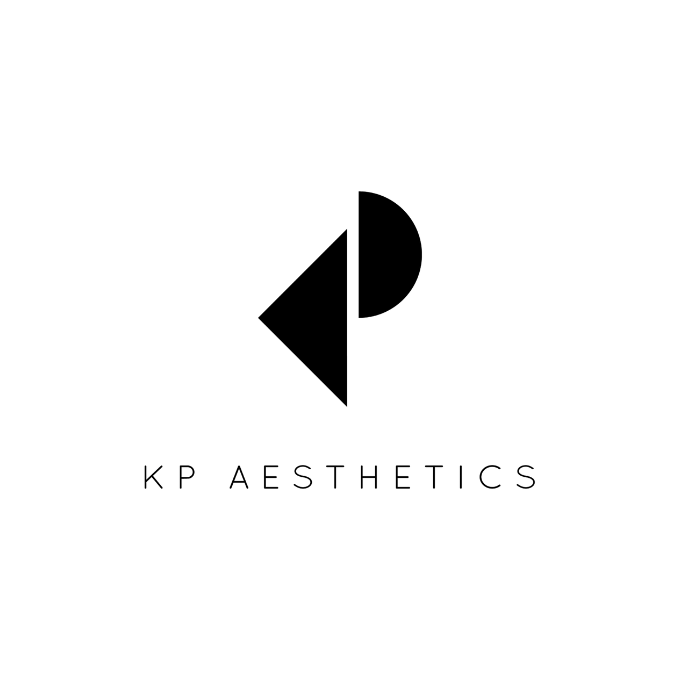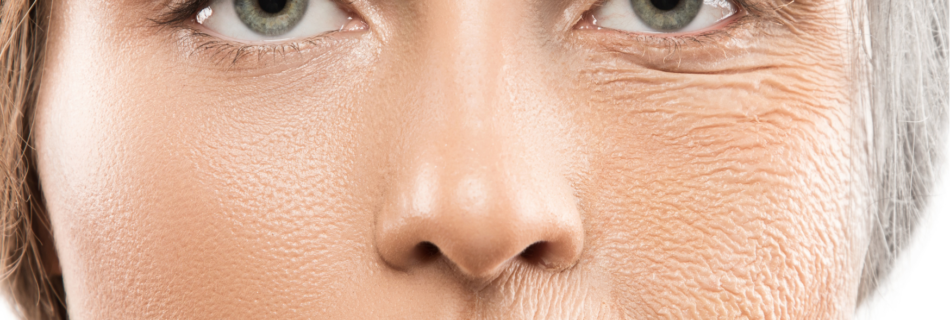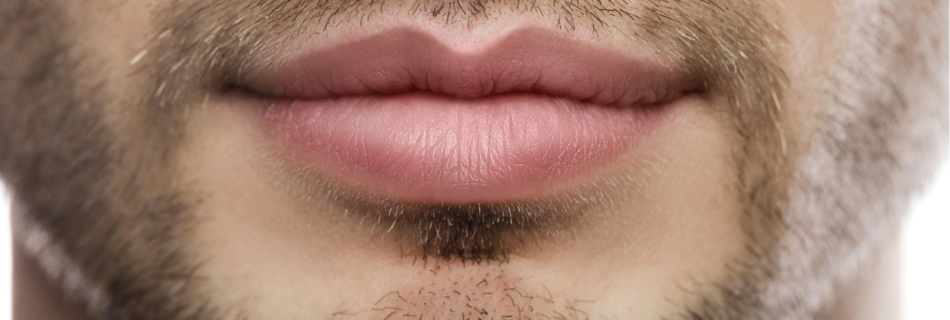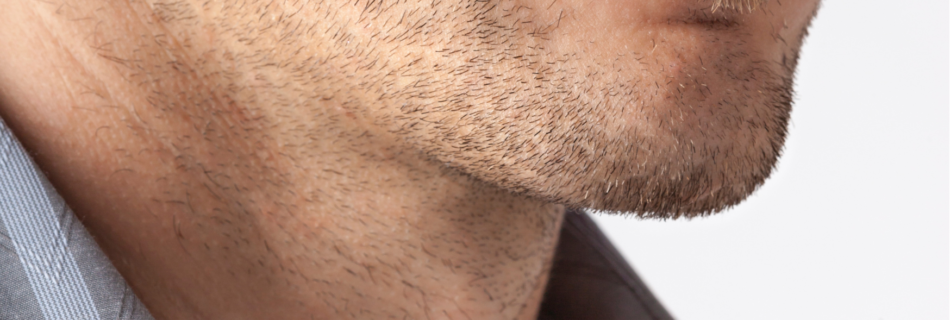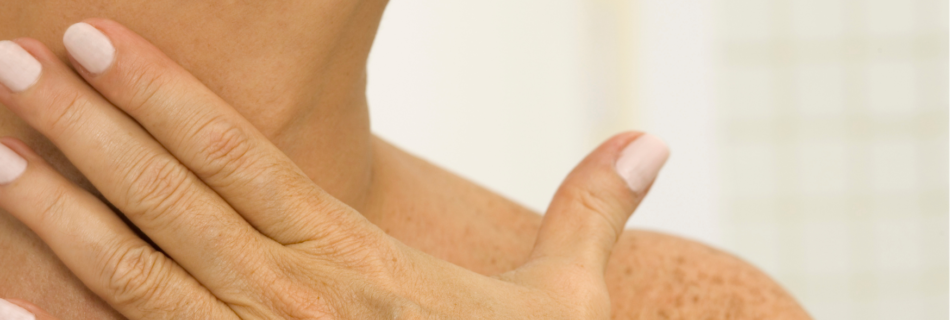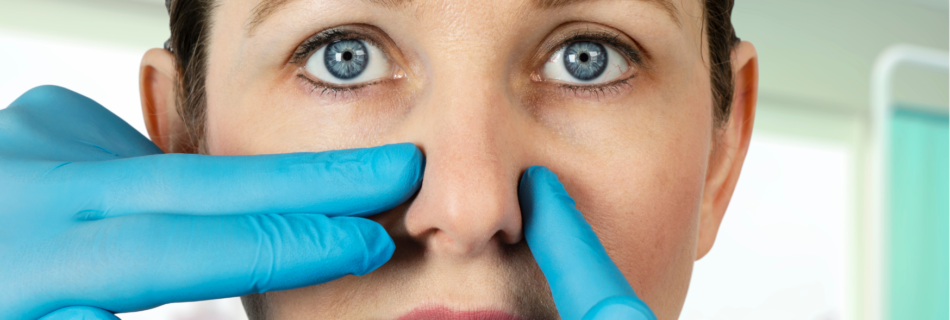Treatment options for Sweaty Hands: Hyperhidrosis
Hyperhidrosis, also known as excessive sweating, can be a frustrating and embarrassing condition that affects many people. While various treatments are available, have you ever considered Anti-ageing treatments as a solution? These treatments have been used as an effective solution for managing this condition, providing relief and improving the overall quality of life. What is …
Read more “Treatment options for Sweaty Hands: Hyperhidrosis”
